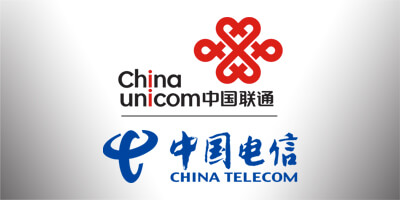Dear esteemed partners,
In these critical times we’re facing due to the coronavirus pandemic, we must stand together to overcome all the ensuing challenges. As always, we are here to support you now more than ever.
We have recognized the importance of digital transformation long before this health crisis and built a strong digital presence. Our media platforms are covering the latest measures that telcos are taking to serve customers and the impact that COVID-19 is having on the telecoms and ICT industry.
In order to abide by the instructions of the World Health Organization and local governments, we will temporarily stop the publication of special print editions while maintaining our newsletters sent to our large database. Interview opportunities with ICT leaders are still available through email exchanges, phone calls or video calls with our editorial team.
We are confident that these hard times shall pass and we will resume normal business activities with more perseverance and dedication. Until then, we are executing remote working policy and conducting regular meetings via video conferencing calls.
Stay safe and we hope to see you again soon
Toni Eid,
founder of Telecom Review
and CEO of Trace Media


















